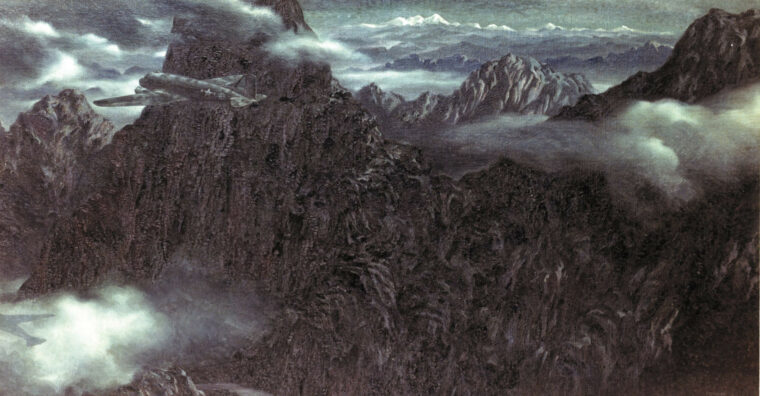
WWII
Over the Hump: Supplying Allied Forces over the Himalayas
By Sam McGowanIn truth, it really was not a combat operation. For every airplane lost to enemy action, a hundred were destroyed in accidents. Read more
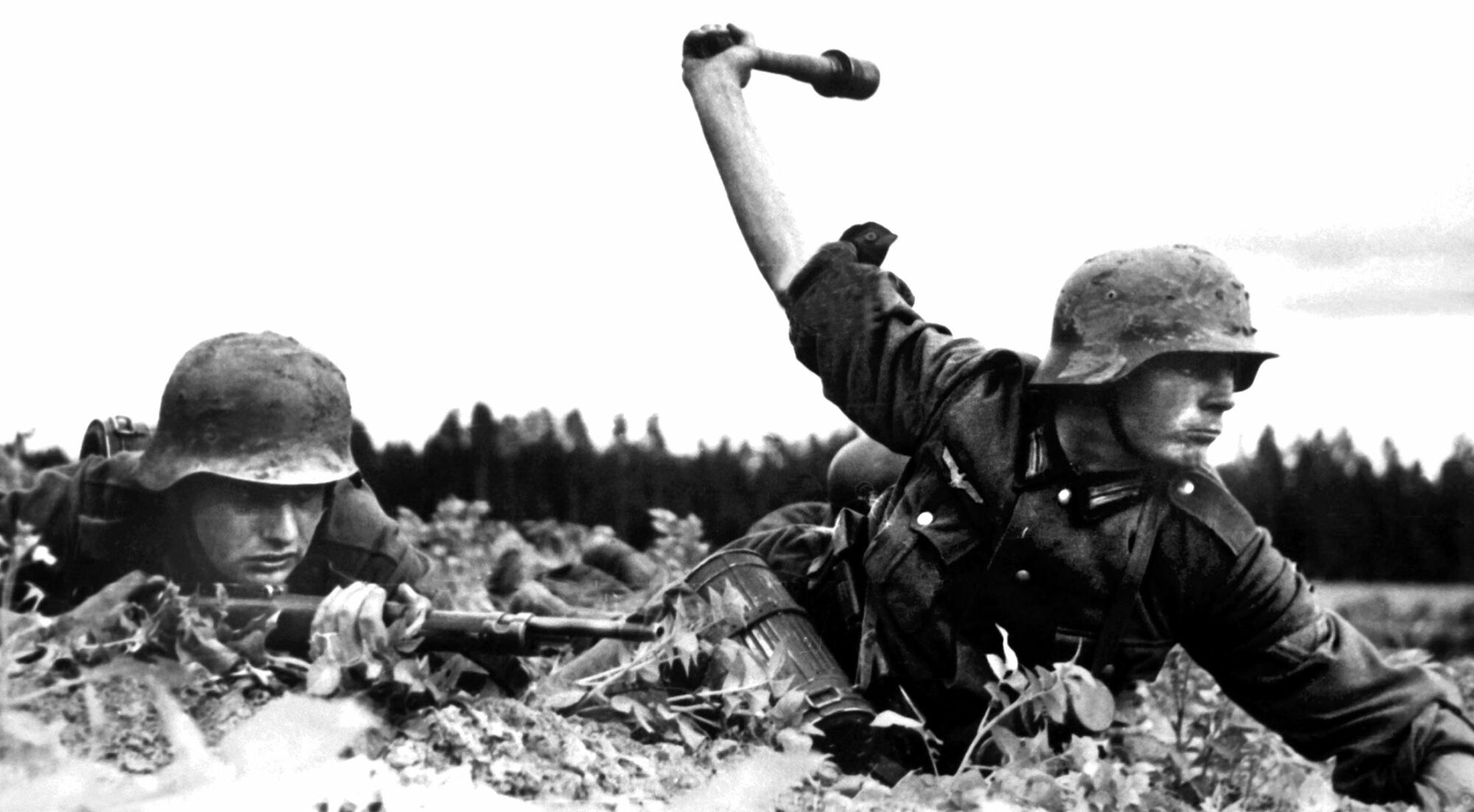

WWII
In truth, it really was not a combat operation. For every airplane lost to enemy action, a hundred were destroyed in accidents. Read more
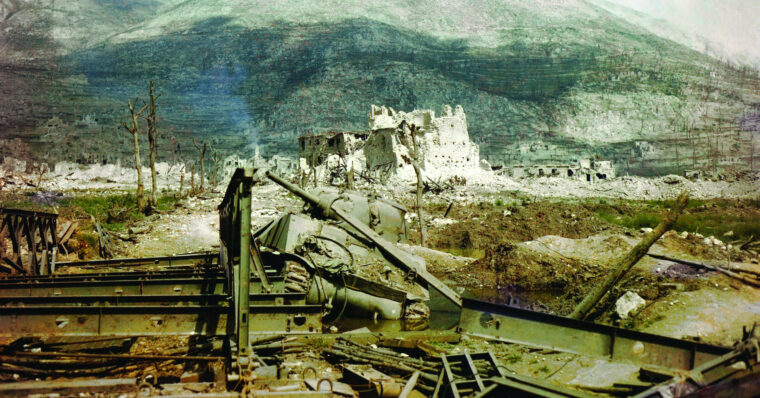
WWII
By December 1943, the phrase “sunny Italy” had evolved from being a travel agent’s selling point to becoming an ugly joke for the British and American troops of the Allied Fifth Army, advancing north from Naples to Rome. Read more
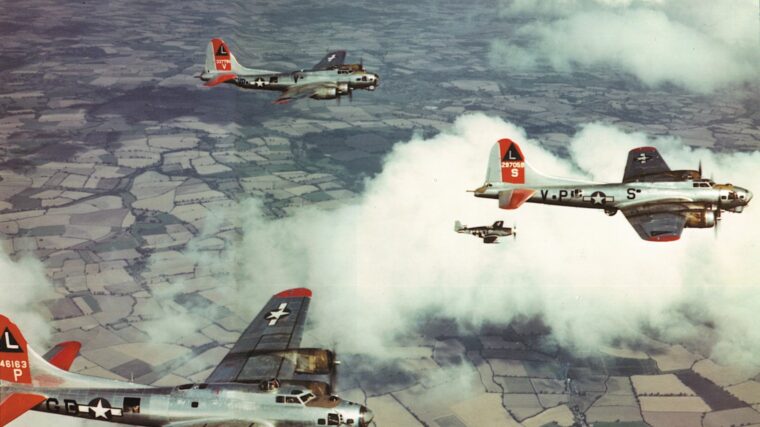
WWII
A hard-hitting novel that inspired a classic war film, 12 O’Clock High was a very personal project for co-authors Beirne Lay, Jr., Read more

WWII
By February 1945, the green Allied formations that landed on D-Day had become hard professional armies. Army, corps, and division commands had been shaken down and were operating efficiently. Read more

WWII
On the night of November 13, 1941, the British submarine Torbay, accompanied by the Talisman, broke the surface of the Mediterranean off the Cyrenaican coast of Libya and rolled violently in the running seas. Read more
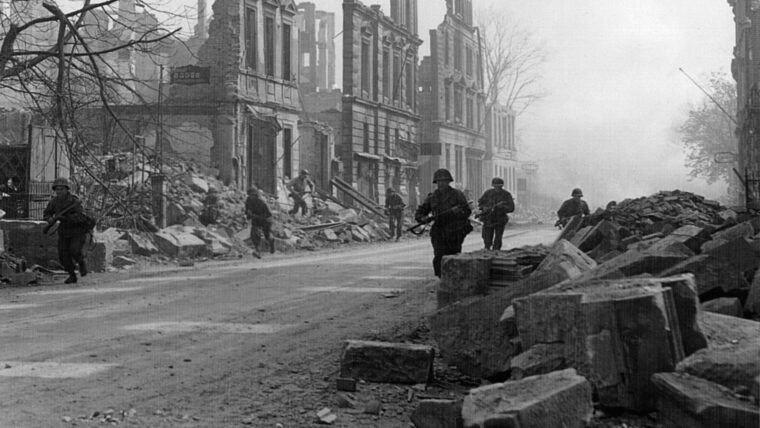
WWII
Following its swift advance to the Rhine, the American 100th (Century) Infantry Division resumed its pursuit of retreating German forces. Read more

WWII
When Private Clarence Garrett of the 28th Regiment, 5th Division, United States Marine Corps, clung to the loose black volcanic sand on the sloping beach of Iwo Jima on Feburary 19, 1945, he probably had no idea that his photograph was being taken. Read more
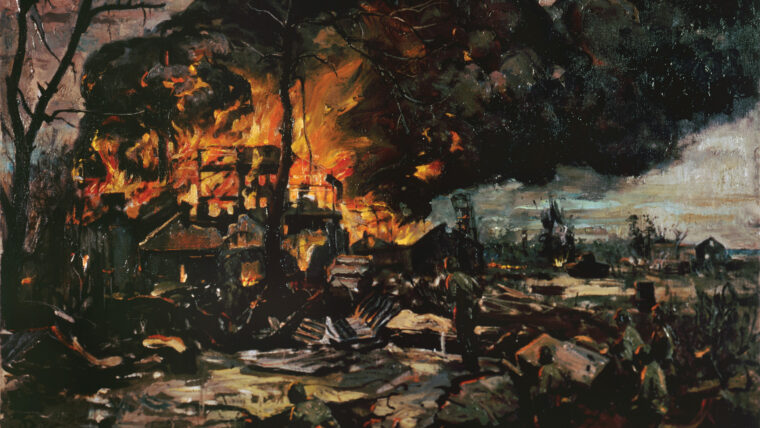
WWII
On June 10, 1944, as his troop transport churned through the Pacific toward the Japanese-held island of Saipan, Pharmacist’s Mate First Class Stan Bowen wrote a letter to his sweetheart, Marge McCann. Read more
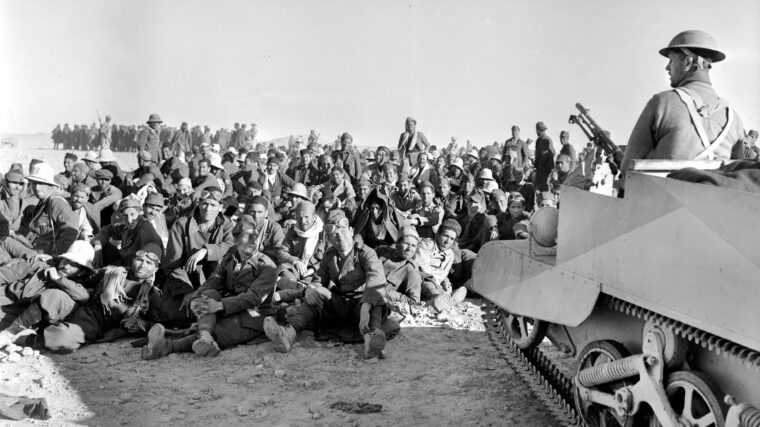
WWII
No Allied field commander in World War II shouldered such heavy burdens, with so few resources and over such a wide area, as did British General Archibald P. Read more
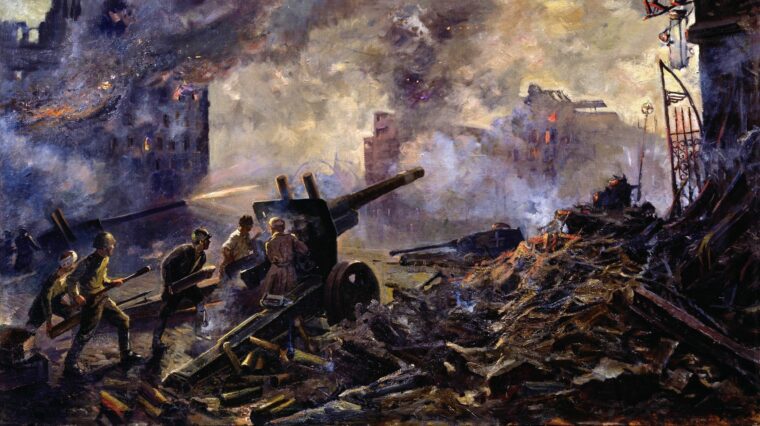
WWII
By the end of March 1945, the Western Allied armies were across the Rhine, the last major geographical barrier to an all-out final assault against the Third Reich. Read more
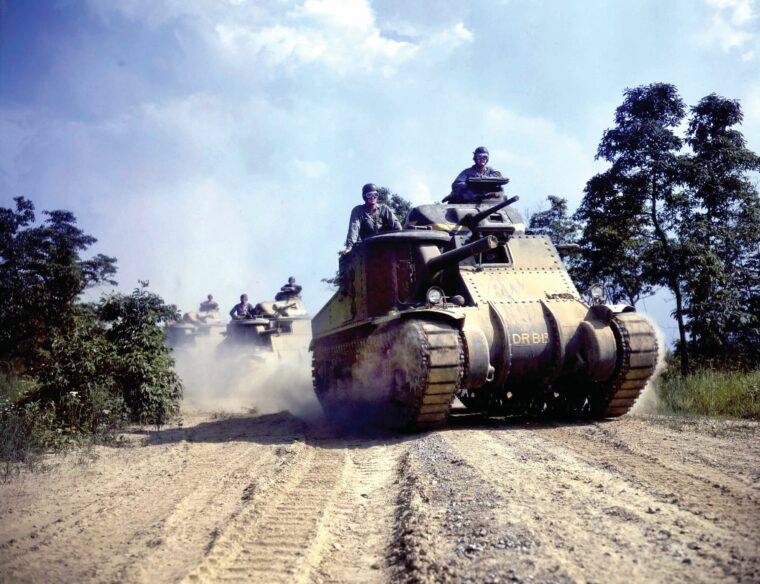
WWII
Standing 10 feet tall, equipped with both a 75mm and 37mm, an impressive mass of steel and rivets, the Grant and Lee M3 tank seemed like the definitive answer to Hitler’s raging panzer tanks. Read more
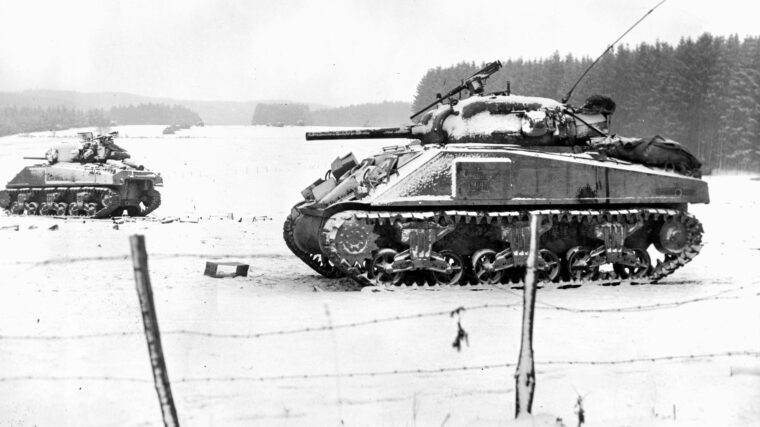
WWII
This article is excerpted from Kevin Hymel’s latest book, Patton’s War: An American General’s Combat Leadership, Volume 2: August—December 1944, published by University of Missouri Press. Read more

WWII
On the morning of February 23, 1945, on the tiny Pacific island of Iwo Jima, a 40-man patrol gathered at the 5th Marine Division headquarters for their final briefing with battalion commander Lt. Read more
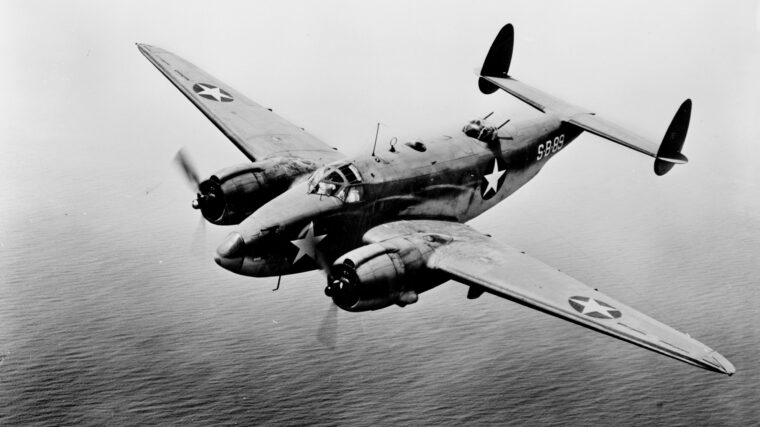
WWII
It didn’t take long for Rear Admiral William F. Halsey, Jr., to notice how exhausted the men all seemed. Read more
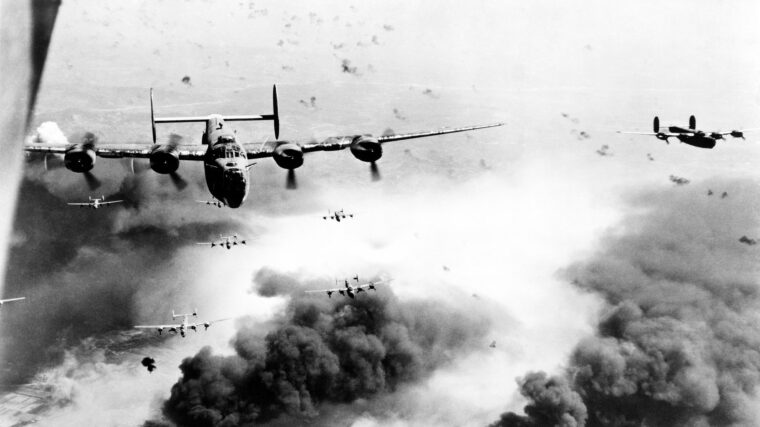
WWII
Throughout World War II the center of cryptography among the Allies was at the top-secret location at Bletchley Park outside London. Read more
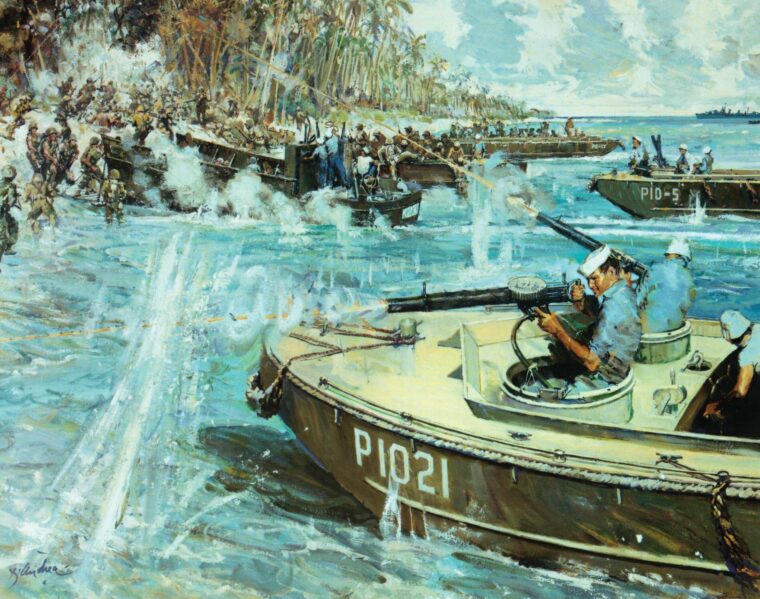
WWII
Recently put ashore, three companies of U.S. Marines advanced stealthily along the Matanikau River on the northern coast of Guadalcanal on September 27, 1942. Read more
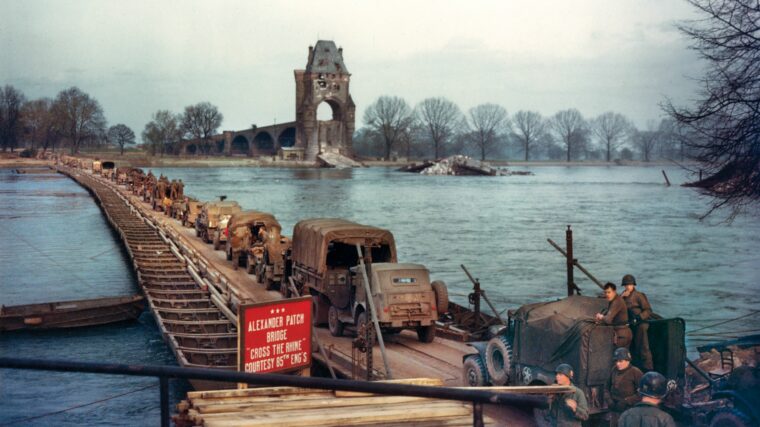
WWII
While British Field Marshal Bernard L. Montgomery’s 21st Army Group was marching across Belgium, Holland, and into northern Germany on his way to the Rhine, Omar Bradley’s 12th Army Group, made up of Courtney Hodges’s First and George Patton’s Third U.S. Read more
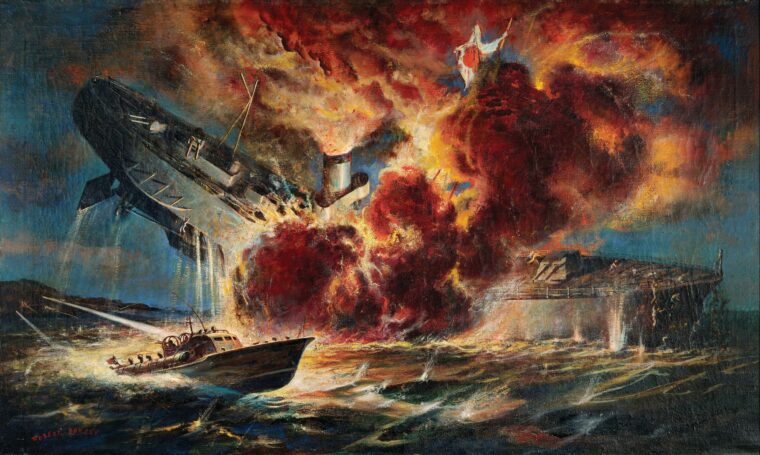
WWII
The U.S. Navy put many ships in harm’s way during World War II, but none more so than the Patrol Torpedo or“PT” Boats. Read more
WWII
The photograph is brutal, harsh, and unsettling. The death of Sergeant Leonard George Siffleet occurred on October 24, 1943. Eighty years ago, Siffleet was bound and blindfolded, transported to the beach at Aitape, New Guinea, after two weeks of torture and mistreatment at the hands of his Japanese captors. Read more
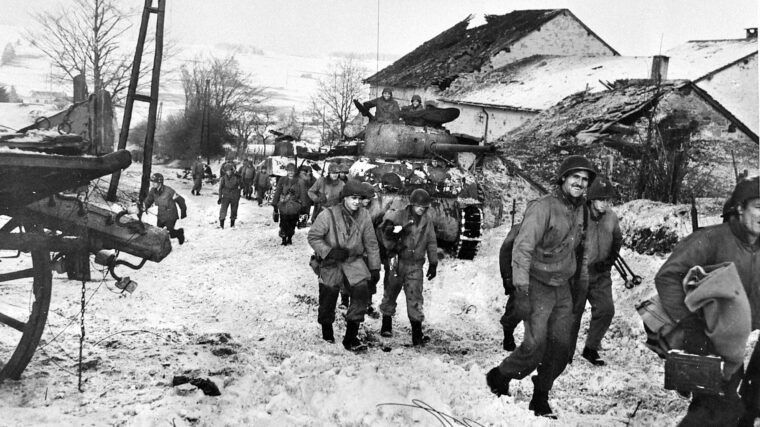
WWII
On the morning of December 19, Lieutenant General George S. Patton, Jr., prepared his Third Army for a battle raging north of him—the Battle of the Bulge. Read more